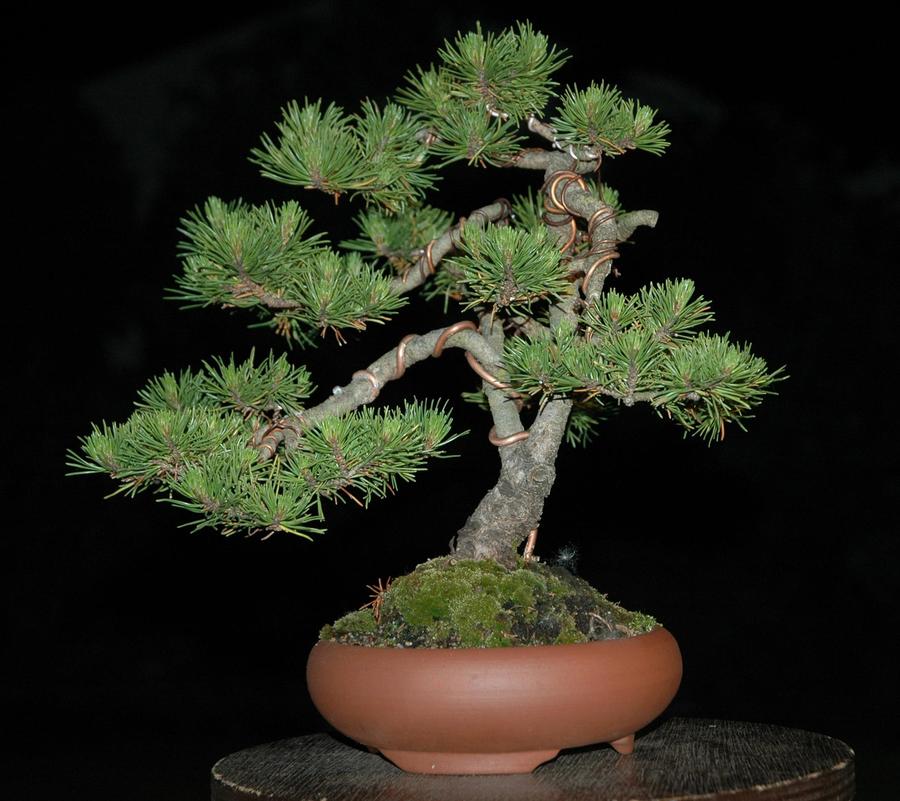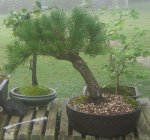Brian Van Fleet
Pretty Fly for a Bonsai Guy
So, to summarize the seasonal work you showed:
1. In late May you trim away downward-facing needles (any reason to do it now vs. fall?)
2. Remove buds appearing in the "crotches" of branches
Correct? The continued rant against the perceived victimization of mugo pines really diluted and distracted from your explanation of the work, and frankly, even you mentioned that criticism has eased up. I'd appreciate hearing more about the what and why of your work and less about the why not. Nevertheless, I do appreciate the time it took to do a video.
1. In late May you trim away downward-facing needles (any reason to do it now vs. fall?)
2. Remove buds appearing in the "crotches" of branches
Correct? The continued rant against the perceived victimization of mugo pines really diluted and distracted from your explanation of the work, and frankly, even you mentioned that criticism has eased up. I'd appreciate hearing more about the what and why of your work and less about the why not. Nevertheless, I do appreciate the time it took to do a video.


